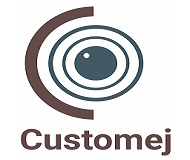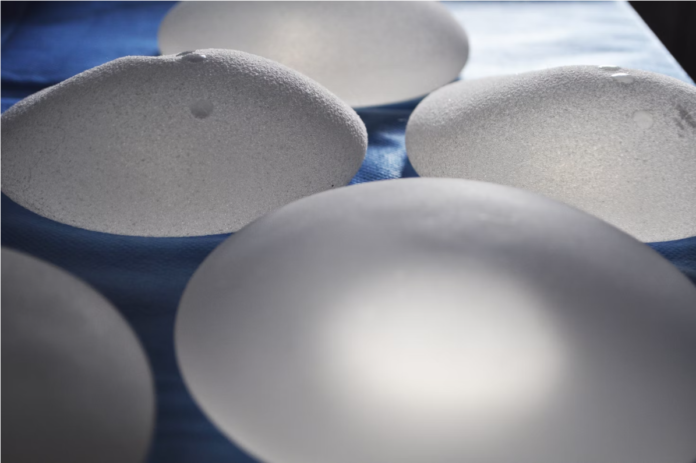The area surrounding the nose is permanently lifted up to balance out creases and deep furrows produced by age and other factors. The operation will plump up the area around the lips and nose, giving a more lively and young aspect to the face.
The technique of paranasal augmentation is advised for patients who have sunken areas around their nose and appear gaunt, aged, and haggard. This is regarded as “Noble Surgery” in South Korea since it is considered to reinforce rich and healthy appearances. The use of paranasal augmentation in conjunction with rhinoplasty is fairly prevalent.
Different Treatments available under Paranasal augmentataion
Depending on each patient’s health situation, three different treatments will be used to provide a voluminous midface and bigger cheeks: autologous cartilage transplant, autologous fat graft, and implants.
- Autologous cartilage graft
This procedure is done under general anaesthesia and usually takes 45-60 minutes. A 5–7cm transverse incision is made over the desired donor location, such as the ribs or ears, to harvest the cartilage. After that, the cartilage will be cut into the desired shape and size. To make the midface more voluminous, the surgeon will make an incision within the mouth and carefully put the harvested cartilage into the sunken area around the nose. The incision will be sutured with threads after the treatment is completed.
- Autologous fat graft
This procedure is done under general anaesthesia and usually takes 30-45 minutes. Fat grafting is an option for people who need a small amount of volume to fill the paranasal area. Using a narrow tube called a cannula, fat tissues are extracted from the buttocks, thigh, or belly, and the harvested fat is centrifuged to remove contaminants. Purified fat tissues, which are high in stem cells, will be injected gently into the sunken parts of the face to give it a fuller, younger appearance.
- Implants
This procedure is done under general anaesthesia and might take anywhere from 30 to 60 minutes to complete. Mid-facial implants are used to enhance the fullness of the cheeks and are implanted through incisions made inside the mouth or beneath the lower eyelid. Cheek implants, when utilised appropriately, can offer the patient higher cheekbones or larger cheeks with little scarring. Before being put, the synthetic implants (such as Silicone, Medphore, or Gore-tex) will be meticulously sculpted to fit each patient’s facial anatomy.
Costs of Paranasal Augmentation
In South Korea, paranasal augmentation surgery costs between USD 2,500 and USD 5,000; in Thailand, it costs between USD 1,800 and USD 4,500. The cost of an operation varies depending on the surgeon, the geographic region, and the procedure’s intricacy.
Fast approvals, niche-specific Press release sites! Enhance your SEO and brand credibility with premium placements on authoritative sites.
Conclusion- Why should you undergo Paranasal Augmentation?
The flat anterior cheekbone becomes three-dimensional, improving the overall atmosphere.
In the case of a protruding chin or an extended face, this permanent paranasal augmentation also improves the picture. It also improves a sunken and depressed smile line, as well as altering the face so that the mouth appears less projecting.




